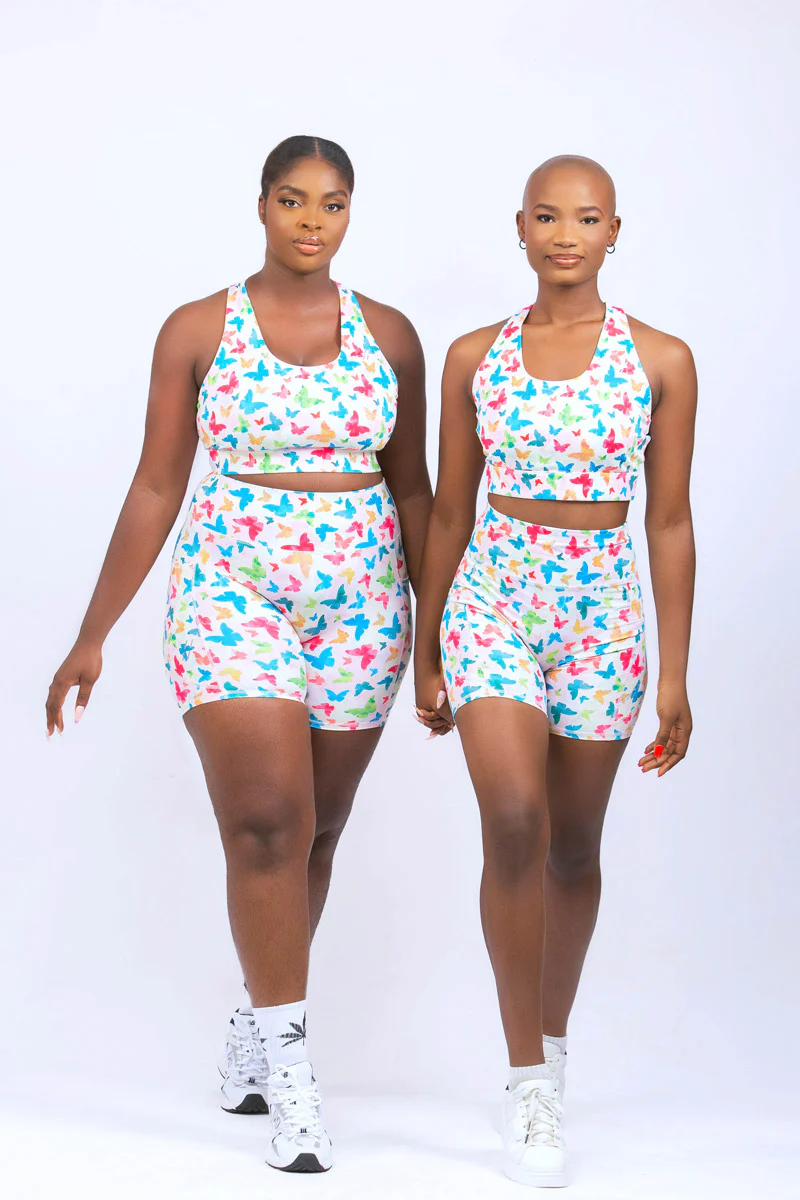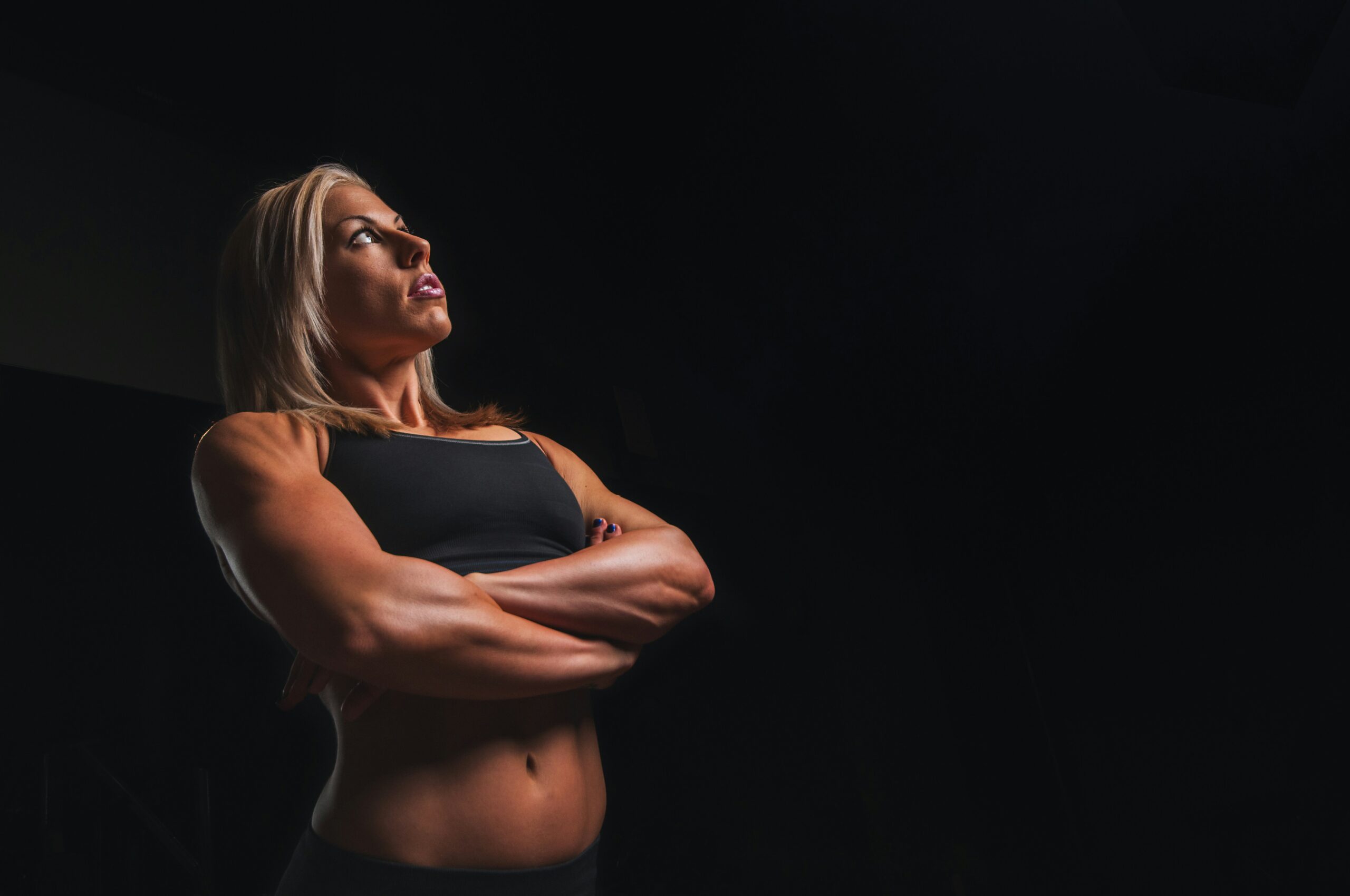Physical Address
304 North Cardinal St.
Dorchester Center, MA 02124
Physical Address
304 North Cardinal St.
Dorchester Center, MA 02124


The history of female sportswear is deeply rooted in societal norms and cultural transformations that reflect the role of women in society. In the early 20th century, women’s participation in sports was often met with resistance, and their sportswear was typically designed to restrict movement rather than enhance performance. Clothing such as long skirts and corsets defined active wear for women, prioritizing modesty over functionality.
A pivotal moment in the evolution of female sportswear occurred during the 1920s when the suffragette movement began to empower women, leading to more active participation in sports. This era saw the introduction of more practical garments made from lighter and more breathable fabrics, facilitating movement and offering comfort. As women started to participate in sports like tennis, swimming, and athletics, the demand for functional apparel grew, leading to significant advances in design.
The post-World War II period marked a significant milestone, as women took on new roles in the workforce and sought outlets for physical activity. This transition heralded the birth of performance-oriented sportswear. The popularity of female athletes played a critical role, with icons such as Billie Jean King and Nadia Comăneci championing both physical prowess and style. Their influence highlighted the need for sportswear that not only catered to performance but also reflected personal identity and empowerment.
By the late 20th and early 21st centuries, the market saw an explosion of female sportswear options, thanks in part to evolving cultural perceptions around women’s sports. Athletic brands began to design clothing specifically for women, integrating cutting-edge technology to enhance performance. Sports bras, moisture-wicking fabrics, and versatile leggings became staples in women’s athletic wardrobes. Today, female sportswear encompasses a wide array of styles, accommodating diverse activities, body types, and personal preferences, illustrating the ongoing progression from restrictive clothing to a dynamic, empowering option.
In recent years, social media platforms such as Instagram, TikTok, and YouTube have become vital channels for promoting female sportswear and empowering women in athletics. These platforms serve as a hub for showcasing female athletes, their performances, and their choices in sportswear, thereby driving significant awareness within the market. Influencers and brands play a pivotal role in this dynamic, as they frequently align themselves with movements that champion female empowerment, leading to a rise in visibility for women’s sportswear.
On Instagram, athletes share posts that not only emphasize their athletic abilities but also spotlight the gear they wear. For example, campaigns launched by brands have successfully featured diverse female athletes from various sports, allowing them to narrate their own stories. This approach fosters authenticity and encourages a connection between the audience and the athletes, making the sportswear not just a product, but a representation of a lifestyle and values. TikTok further enhances this interaction through short, engaging videos where influencers demonstrate workouts, style tips, and challenges while sporting the latest women’s athletic apparel. The viral nature of this platform allows messages of empowerment to reach wide audiences quickly.
Furthermore, community building is another essential aspect facilitated by social media. Women’s sports forums and groups provide a supportive environment where individuals can share their experiences, offer encouragement, and promote female sportswear brands that resonate with their values. Representation is key; when diverse athletes are showcased, it encourages more women to engage in sports and invest in proper gear. As brands recognize the potential of tapping into these communities, they are likely to drive sales and cultivate brand loyalty in the female sportswear market.
Overall, social media not only elevates the visibility of female athletes but also highlights their sportswear, creating a positive feedback loop that enhances awareness and promotes growth in the sector.
The rising awareness of environmental issues has significantly impacted various industries, including female sportswear. As consumers become more conscious of their purchasing decisions, there is an increasing demand for sustainable practices in the production of women’s athletic wear. This shift positions sustainability not just as a trend, but as a fundamental expectation among today’s consumers.
Innovative materials have emerged as one of the focal points in sustainable sportswear production. Brands are exploring eco-friendly fabrics such as organic cotton, recycled polyester, and Tencel, which minimizes environmental impact. By utilizing these materials, companies aim to reduce the carbon footprint and water usage associated with traditional fabric production. Additionally, some brands are incorporating zero-waste design principles to enhance recyclability, thereby promoting a circular economy within the sportswear sector.
Fast fashion, characterized by its rapid production rates and disposability, contributes significantly to environmental degradation. This model often results in the use of cheap materials and unethical labor practices, making it imperative for consumers to support sustainable brands. Certain companies in the female sportswear landscape are leading the way by implementing ethical sourcing and manufacturing practices while maintaining a commitment to quality and durability. As awareness grows, consumers are starting to demand transparency from brands, influencing them to prioritize environmental and labor standards.
Furthermore, certifications such as Global Organic Textile Standard (GOTS) and Fair Trade play a crucial role in guiding consumers towards more sustainable choices. Shoppers are now more informed than ever, seeking out brands that provide proof of their sustainable initiatives. This evolving landscape not only empowers women athletes through accessible and high-quality sportswear but also ensures they are making choices that align with a more sustainable future.
The landscape of female sportswear is undergoing significant transformation as we move toward a future defined by innovation and inclusivity. One of the most prominent trends is the integration of advanced technology into athletic wear. Brands are increasingly utilizing high-performance fabrics that offer features such as moisture-wicking, temperature regulation, and flexibility. These advancements not only enhance the functionality of sportswear but also contribute to the comfort and performance of female athletes. As technology continues to evolve, we can expect even more innovative materials that respond to the unique needs of women in sports.
Another vital aspect of the future of female sportswear is the rise of personalized shopping experiences. Consumers are increasingly seeking apparel that aligns with their individual style and performance requirements. Brands are leveraging data analytics and artificial intelligence to create tailored recommendations that cater to the preferences of women athletes. This shift signifies a broader understanding of the importance of personalization in the retail landscape, enhancing customer engagement and satisfaction in female sportswear.
Inclusivity and diversity are also gaining traction within the industry, with a growing emphasis on creating designs that cater to women of all shapes and sizes. Brands are beginning to recognize the importance of representation in sportswear, offering a broader range of sizes and promoting body positivity. This movement not only empowers female athletes but also encourages a more inclusive environment where women feel confident in their sportswear choices, transcending beyond their athletic pursuits into everyday life.
As we look to the future, it is essential for consumers to engage with brands that prioritize innovation and inclusivity in female sportswear. By supporting companies that advocate for female athletes and push for progressive designs, we contribute to a culture that empowers women in sports and beyond.